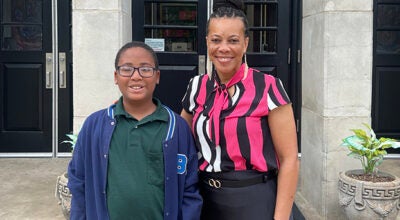Don’t leave children in hot vehicles
Published 8:32 pm Wednesday, June 13, 2018
Authorities are urging people to be careful this summer to not leave children unattended in vehicles.
If a child is found by himself in a hot car, the fire department and the police department have the tools to get the child out. Whether it is using a tool to open the door or simply busting a window, any child left unattended will be assisted in a dangerous situation.
“If we got a call about an unattended child in a car, if there were no conventional way to get in the car, we would bust the window,” said Brookhaven Fire Chief Tony Weeks. “That’s all we could do.”
According to the National Safety Council, between 1998 and 2017, 742 children reportedly died due to pediatric vehicular heatstroke, also known as PVH. Without air conditioning, the temperature in a car can top 100 degrees.
On average, 37 children die each year in the U.S. as a result of PVH. However, 42 children died during 2017 — up from 39 the previous year. It only takes 10 minutes for the temperature inside a vehicle to rise 20 degrees. For children in particular, this increase is enough to result in death.
Paying attention to the weather is crucial during the summer as well, and the temperature is looking to be slightly above normal, with higher than average heat index to go with it.
“For Jackson, the normal high is around 90 and the normal low is 69 or 70. Generally, we’ve been expecting highs and lows warmer than normal,” said National Weather Service meteorologist Brad Bryant. “We could be looking at higher heat index values for the remainder of June. It may feel like 100 degrees simply because of the humidity. We really worry about the heat index when the temp gets above 105 degrees. We haven’t issued a heat advisory yet, but it’s not out of the realm of possibility.”
According to the authorities, children should never be left unattended in a vehicle, even on a day when it isn’t necessarily hot.
For more information on child passenger safety, go to www.nsc.org.
Story by Gracie Byrne





